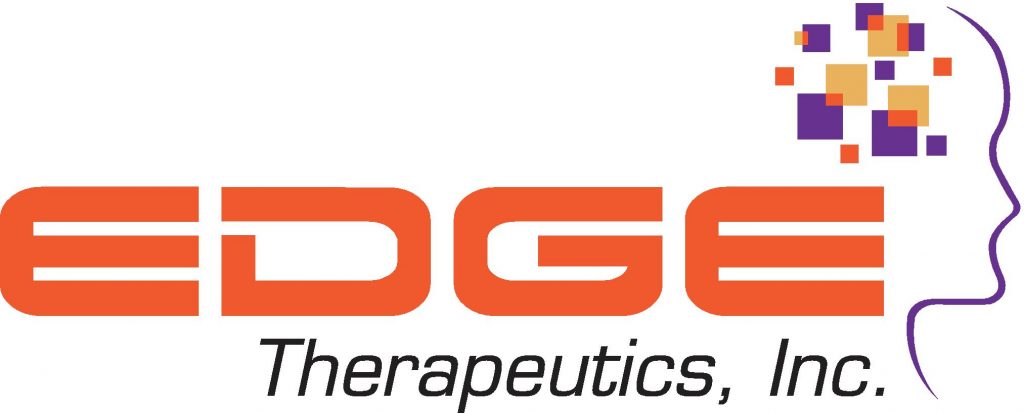Edge Therapeutics, Inc. (NASDAQ:EDGE) is grabbing all of the headlines in the biotechnology space heading into the close of this week on news that a trial rooted in one of its lead development assets has failed to hit the mark.
The trial in question was looking at a drug called EG-1962.
This is one of Edge’s primary programs and it was designed to show that the just mentioned EG-1962 could be a safe and effective treatment for patients with aneurysmal subarachnoid hemorrhage (aSAH). This sort of hemorrhage is a devastating event with high rates of mortality and it is caused by the rupture of intracranial aneurysms. An Intracranial aneurysm, also known as brain aneurysm, is a cerebrovascular disorder in which weakness in the wall of a cerebral artery or vein causes a localized dilation or ballooning of the blood vessel.
This treatment, from an active compound perspective, isn’t anything new, but the aim was to improve on the current standard of care in this space in the adult population (it’s worth noting here that the vast majority of these hemorrhages are in children).
Specifically, the current standard of care is a compound called nimodipine. EG-1962 takes nimodipine and delivers it in such a way that it allows for high concentrations of the active compound to reach the target region of the brain without the standard side effects associated with high concentration delivery.
So what happened?
Well, the latest data wasn’t a data release as such, more of an interpretation of interim numbers at a pre-planned analysis point for the study. It was a phase 3 study called NEWTON 2 and, as per the release, the company has determined that the drug has demonstrated a low probability of achieving the primary endpoint.
Further, and perhaps more importantly, based on the recommendation by an independent Data Monitoring Committee (DMC), the company has decided to discontinue the trial.
As might be expected, markets are responding sharply to this development, given that much of Edge’s future revenue potential rested on the potential success of this asset in its late stage trial phase.
On the back of the news then, the company has taken a real hit to its market capitalization and closed out on Wednesday for a 92% discount to the share price registered at the opening of the Wednesday session, before the data hit press.
So what happens from here?
This is one of those situations in biotechnology where the fallout from an individual trial can be described as a bloodbath. The company rested pretty much solely on this asset making it to market and, now that the trial has been discontinued, Edge is laying off staff and management is reportedly trying to figure out what the next steps will be, not just as far as this program is concerned but as far as the future of the company is concerned.
Another company that’s moving into the second half of the week in the biotechnology space is Apricus Biosciences, Inc. (NASDAQ:APRI), but, unlike as was the case with Edge above, this one is a far more traditional move – especially at this end of the sector.
The company announced on Wednesday the pricing of its offering of 7.1m shares at a price of $0.50 per share and warrants to purchase 3.55m shares with an exercise price of $0.50 per share.
On the back of this announcement, Apricus shares have dipped close to 35% and closed out the session on Wednesday for $0.40 apiece.
So why this response?
Well, it’s all about dilution.
when a company issues shares to raise capital, these shares are added to the outstanding base of shares that already exists, meaning that the current shares (the ones that are held by the current shareholders) ultimately represent a small piece of the overall company than they did before the new shares were issued.
This sort of dilution is taken into account when a company announces a raise like this and the markets correct the price of the individual shares accordingly to reflect the reduced representation.
It’s now all about whether the capital can be used to boost the share price once more. If it’s allocated efficiently, we could see a recovery.
Enjoy this piece? Check out this one next: Here’s What’s Moving Esperion And Altimmune, Inc.
